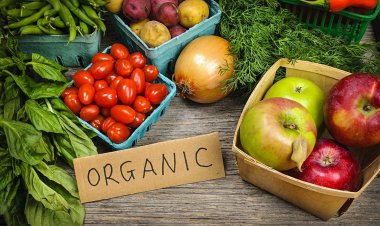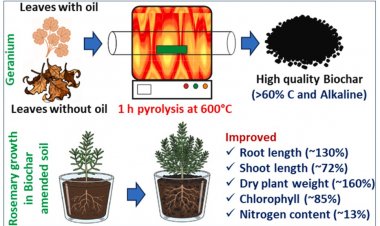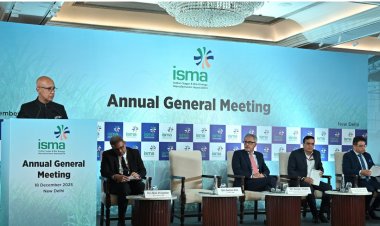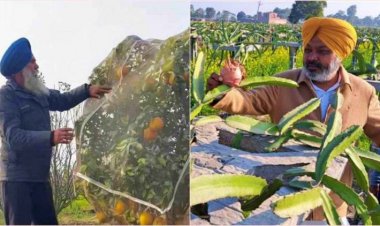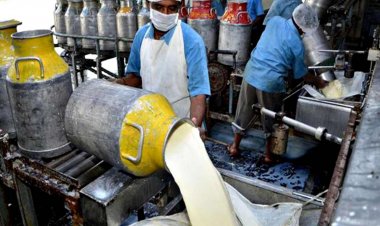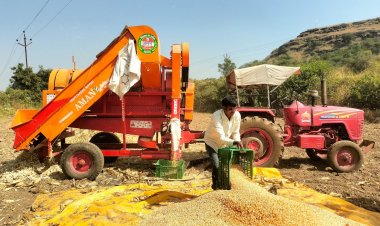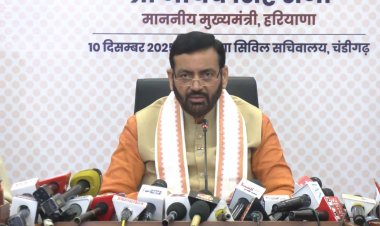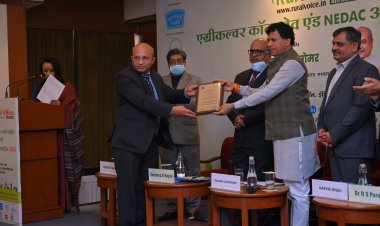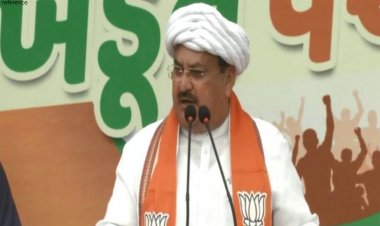Mustard price below MSP in Haryana
The average price of mustard is ruling around Rs 4,600-4,800 per quintal in most mandis of Haryana. According to Haryana State Agricultural Marketing Board data as on 22nd March 2023, the minimum price of mustard of different varieties and different quality is running at Rs 4,200 and the maximum price is Rs 5,700 per quintal in different mandis of the state, whereas Hafed, a Haryana government agency, is procuring mustard at an MSP of Rs 5,450 per quintal.

Farmers across the country were enthusiastic about mustard cultivation this year in view of the good price received for the last two years and an increase in the minimum support price (MSP) by Rs 400 per quintal for the current marketing season. Mustard was sown in a record 98.02 lakh hectares in Rabi season 2022-23 in the expectation of better price. But due to the import of edible oils reaching a record level, the farmers are facing losses. For the last two years, mustard was being sold at Rs 1,000-1,500 per quintal above the MSP, but this year it is being sold at Rs 1,000 less than the MSP. The government has fixed the MSP of mustard at Rs 5,450 per quintal for 2023-24 marketing season.
The average price of mustard is ruling around Rs 4,600-4,800 per quintal in most mandis of Haryana. According to Haryana State Agricultural Marketing Board data as on 22nd March 2023, the minimum price of mustard of different varieties and different quality is running at Rs 4,200 and the maximum price is Rs 5,700 per quintal in different mandis of the state, whereas Hafed, a Haryana government agency, is procuring mustard at an MSP of Rs 5,450 per quintal.
Hafed is procuring mustard at MSP from farmers in 30 mandis like Panipat, Hisar, Hansi, Shahzadpur, Kaithal, Gharunda, Samalkha, Fatehabad, Barwala, Adampur, Sirsa, Dabwali, Kalanwali, Ellenabad, Bhiwani and Sohna, though mustard is arriving in 52 mandis of the state including these mandis where private traders are buying mustard from farmers at different rates depending on the quality.
This year, the quality of mustard is also an issue and it is affecting the price of mustard. In January, the period of cold wave lasted for a long time in North India affecting mustard crop in parts of Haryana and the grain size remained small. According to Mandi Board data, the minimum price of mustard in Shahzadpur is Rs 5,050 and the maximum is Rs 5,730 per quintal. The price is running at Rs 4,550-5,250 in Barwala, Rs 4,800-5,025 in Palwal, Rs 4,100-5,000 in Hisar, Rs 4,500-5,200 per quintal in Nuh, whereas in Farukhnagar mandi, the minimum price fell to Rs 3,500 per quintal.
The rate in Julana is Rs 4,441-5,200 and in Narwana it is Rs 4,850-5,265. The price in Narnaul is Rs 5,010 per quintal. Narnaul is the headquarters of Mahendragarh district. Mahendragarh district itself has the highest production of mustard in the state. Due to the outbreak of the cold wave, the mustard crop has suffered a lot. Rajasthan ranks first in terms of mustard production and sowing area, while Madhya Pradesh is at number two, Uttar Pradesh at number three and Haryana at number four.
Import of edible oil on the rise
Due to an increase in MSP and better market price in the last two years, the area under mustard sowing this time reached a record level. But, on the other hand, import of edible oils is continuously increasing due to low rate of import duty. It is affecting mustard farmers as they are not getting the benefit of an increase in support price.
A record 16.61 lakh tonnes of edible oil was imported in January 2023 due to falling international prices. This is 31 per cent more than January 2022 and the highest after September 2021. In February, imports increased by 12 per cent to reach 10.98 lakh tonnes. According to the Solvent Extractors Association (SEA), an organisation of edible oil industry, 9.83 lakh tonnes of edible oil was imported in February 2022, while the import of non-edible oil declined to 16,006 tonnes in February 2023 from 36,389 tonnes in the same month last year. India imports about 65 per cent of its edible oil requirement.



 Join the RuralVoice whatsapp group
Join the RuralVoice whatsapp group



















